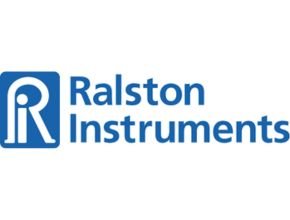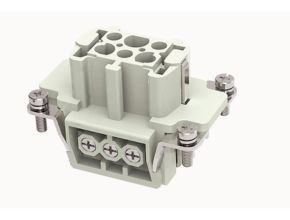About Company
Founded in 1969 by Doug Ralston, today Ralston Instruments continues to be a family owned company with a proud history of innovation. Responding to the demand for convenient, accurate ways to calibrate pressure instruments in industries around the globe, Ralston invented the first hand held pneumatic pump in 1969, followed by the development of the first hydraulic hand pump in 1970.

That passion for advancing pressure calibration components remains undiminished. In 1993, RI launched the first fully integrated system of Quick-test™ hoses and adapters. Designed for low volume, high pressure connections to virtually any device being tested, this unique design offers secure, time-saving connections without using a wrench or thread sealant. Ralston’s integrated calibration pressure sources are the ultimate solution for performing differential or static pressure calibrations using nitrogen or compressed gas.
All Ralston products are made in the USA using superior design and manufacturing techniques. These products include hand pumps, compressed gas control devices, hoses, adapters, and complete calibration kits.
When the job requires hand pumps that deliver pressure, hoses and adapters for fast, fail-safe connections, or precision calibration tools, Ralston Instruments provides the most complete pressure calibration solutions whether in the laboratory or in a remote location.
Made in the USA — The Ralston Way
When precise, reliable pressure calibration is essential, trust Ralston Instruments. For over 40 years, we’ve engineered pressure calibration equipment and systems for a wide range of applications, saving time and taking the guesswork out of critical pressure testing, maintenance and repair operations.
All Product by Ralston
- Ralston Quick-test™ System
- Quick-Test Hoses
- Gauges and Calibrators
- Calibration Test Pumps
- Compressed Gas Control
- Equipment Protection
- Test Kits
Applications
Pressure Calibration

Pressure calibration is the comparison of the output of a device used to measure pressure with that of another pressure measurement device, or pressure measurement standard. The efficient calibration of today’s sophisticated measuring equipment is an essential function in any industry where pressure instruments are used to monitor fluid and gas pressures and flow rates. Pressure calibration is the comparison of the output of a pressure gauge or other measuring device against a standard instrument of higher accuracy. A typical commercial calibration uses the manufacturer’s pressure gauge or transmitter calibration procedure and is usually performed with a reference standard of at least 4 times the accuracy as the instrument under test or with a lower combined standard measurement uncertainty than the device under test. Inaccuracies can be costly, so the ultimate goal of pressure calibration is to assess and adjust the precision of the pressure equipment used to measure the process to prevent errors or uncertainties.
Pressure Sources

Pressure can be generated manually with some type of pump or as a stored compressed media. Generating high and low pressure as well as pulling a vacuum can be challenging in field test condition. Controlling a compressed gassource can save time and effort but with less portability.
Testing

Process variable and device testing is critical to maintaining safe and reliable system operation. In any industrial process, the frequency and accuracy of testing can make the difference in preventing failures or losing production to less than optimal manufacturing conditions.
- Choosing the Right Gauge for Sanitary and Hygienic ApplicationsPressure measurement for in food, pharma, and biotech industries, and process equipment is required to be accurate in all environments.
- Choosing the Right Pressure Gauge for Test Benches and OEM ApplicationsChoosing the Right Pressure Gauge for Test Benches and OEM Applications. OEM analogue gauges have always been a trusted component for test benches.
- PSV TestingPressure safety valves play an important role in preventing process overpressure and they require frequent testing. Learn how to perform a PSV crack test.
- How to Choose the Best Digital Probe Thermometer for Industrial UseAre you looking for a reliable industrial digital temperature probe? We’ll help you determine the factors to consider when comparing thermal probes.
- Taking Better Gas Samples From Low Pressure Gas WellsGas sampling to determine the gas composition in low pressure wells is important part of custody transfer and fiscal metering.
- What is Hydrostatic Pressure Testing?Hydrostatic testing is the primary method used to test for leaks and assess the structural integrity of meter skids, compressed gas cylinders, pipelines
- Top Three Advantages of Using a Digital Temperature ProbeThe ability to monitor and regulate temperature in specific environments plays a critical role in just about every industry across the globe.
- Pressure Testing New Gas Distribution LinesPressure testing gas lines ensures safety and reliability. Learn how technology like the Ralston Instruments FieldLab enhances accuracy and record-keeping.
Source : ralstoninst.com
Read More Article:
- CIG-PS-CT CIGLOW
- Level Switch Parker JC7-SH
- Solinst 12V Submersible Pump Groundwater Samplers
- Battery Mitsubishi F2-40BL
- Battery Mitsubishi FX3U-32BL




